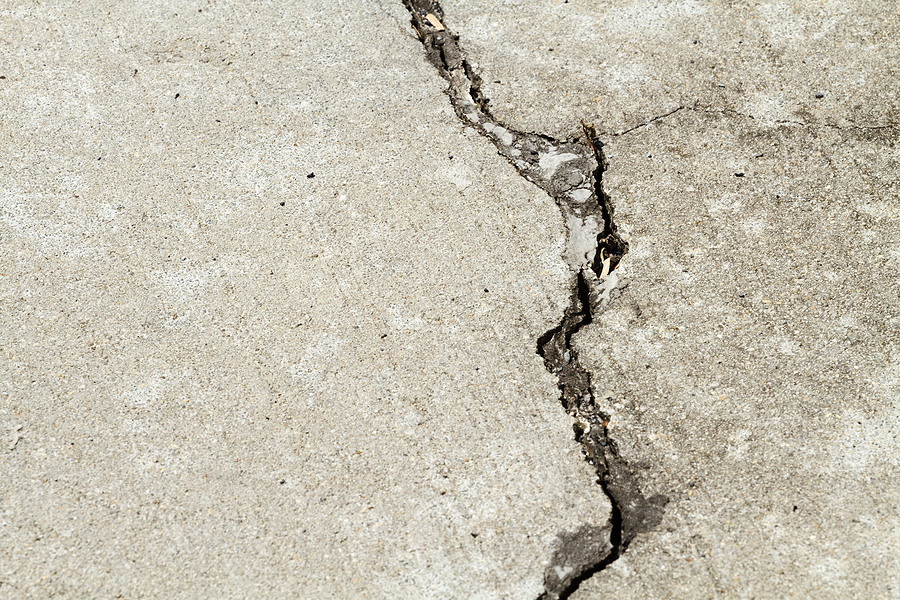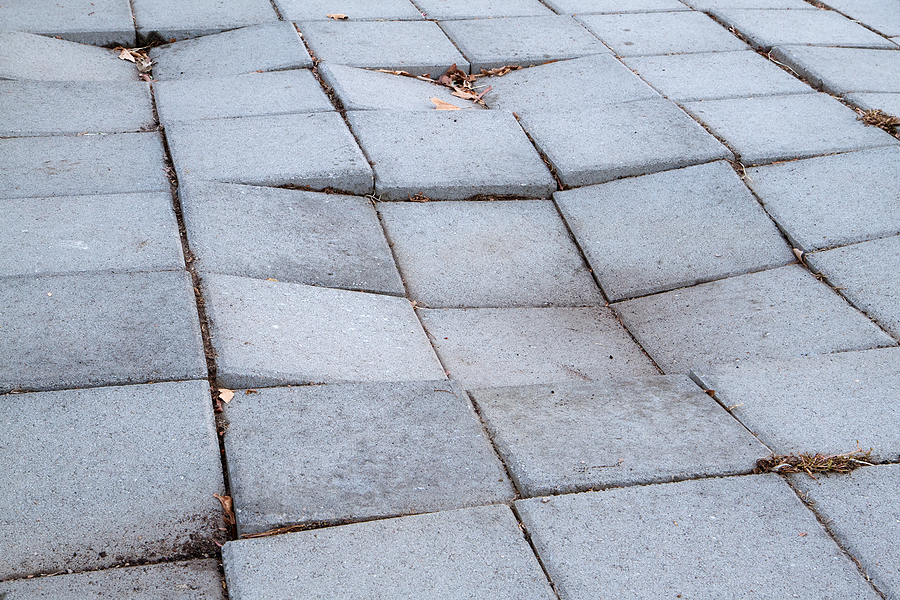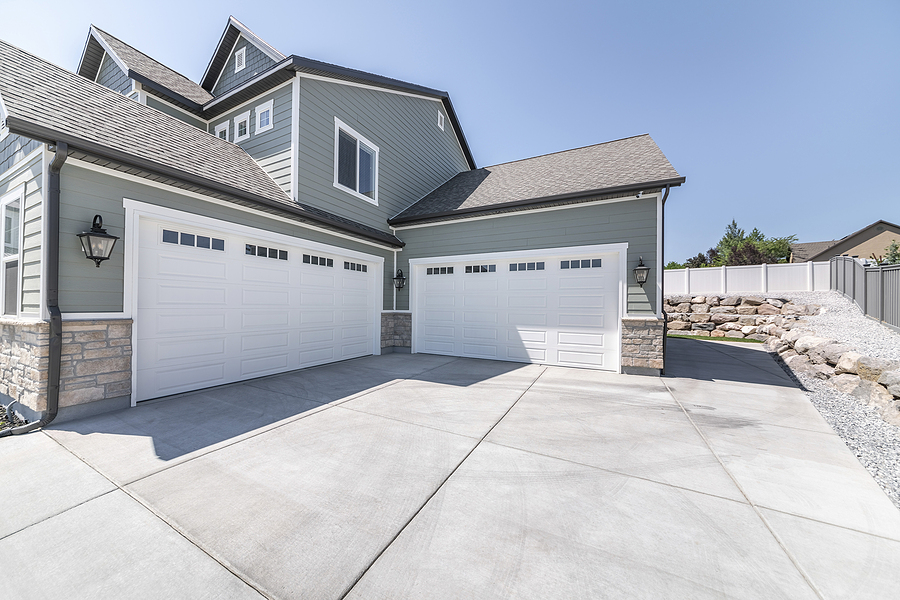Walking out to your driveway or patio should be a pleasant experience, a moment to appreciate the solid foundation of your home. But spotting a new jagged line running across the surface can instantly ruin that feeling. A concrete crack isn’t just an unsightly blemish; it is often a signal that the slab is under stress.
Concrete is one of the most durable building materials on earth, yet it is not immune to the forces of nature. Temperature fluctuations, shifting soil, and heavy loads all conspire to test its limits. While some minor surface crazing is cosmetic, deeper cracks can allow water to seep in, freeze, expand, and eventually threaten the structural integrity of the entire slab.
Understanding the mechanics behind these fractures is the first step toward fixing them. This guide explores why concrete breaks, the critical role of joint control, and the processes involved in repair. While minor issues can sometimes be patched at home, preserving the longevity of your investment often requires the precision of professional care.

Decoding the Damage: Types of Concrete Cracks
Before you can address a problem, you must identify it. Not all cracks are created equal, and the shape and location of a fissure tell a specific story about what is happening beneath the surface.
Plastic Shrinkage Cracks
These are among the most common issues, typically appearing shortly after the concrete is poured. When water evaporates from the surface faster than the “bleed water” can rise to replenish it, the surface dries out and shrinks, pulling apart to create thin, shallow cracks. While generally not a structural threat, they create weak points where water can enter and cause freeze-thaw damage later.
Heaving and Settling Cracks
The ground beneath your concrete is rarely static. If a large tree root pushes up (heaving) or the soil compresses unevenly due to decomposition or water erosion (settling), the concrete lacks the support it needs. These cracks are often uneven, creating tripping hazards where one side of the slab is higher than the other. These are serious structural indicators that often require professional leveling or replacement.
Overloading Cracks
Concrete has incredible compressive strength, but it has limits. If a slab designed for a residential patio is subjected to the weight of a heavy RV or construction equipment, it may fracture. These cracks simply mean the load exceeded the concrete’s capacity.
The Science of Joint Control
It is a common saying in the industry: there are two types of concrete—concrete that has cracked, and concrete that will crack. Because concrete shrinks as it cures and expands as it heats up, movement is inevitable. Joint control is the engineering solution to this natural behavior.
Think of control joints as “planned cracks.” By creating a weakened line in the slab at specific intervals, we tell the concrete exactly where to crack when it shrinks. Instead of an ugly, wandering spiderweb across the center of your patio, the crack occurs neatly at the bottom of the joint where it is invisible.
Expansion and Isolation Joints
While control joints handle shrinkage, expansion joints handle heat. In hot weather, concrete expands. If the slab is tightly wedged between a house and a sidewalk, it has nowhere to go but up, resulting in buckling. Expansion joints use a compressible material (like fiberboard or cork) between slabs to absorb this growth, ensuring the concrete can move without destroying itself.
Schedule a Concrete Crack Repair Assessment in Indy 📅
A Guide to Filling Concrete Cracks
Addressing cracks early prevents water infiltration, which is the primary enemy of concrete longevity. While small hairline fractures can be a DIY project, it is vital to use the right materials. Using rigid concrete patch on a moving crack will only result in the patch popping out a few months later.
Step 1: Preparation and Cleaning
A filler will never bond to a dirty surface. The crack must be free of loose debris, oil, and weeds. A wire brush is usually sufficient for small cracks, but professional concrete repair services often use high-pressure air or water to ensure the void is completely clean. For wider cracks, it may be necessary to use a chisel to undercut the edges, creating a “keyed” shape that holds the filler in place physically as well as chemically.
Step 2: Selecting the Material
This is where most homeowners struggle. The material must match the application.
- Rigid Fillers: Epoxy or grout is used for cracks that are no longer moving.
- Flexible Sealants: Polyurethane or silicone-based sealants are necessary for active cracks or control joints that need to expand and contract.
Step 3: Application
For liquid fillers, a bottle or caulking gun is used to overfill the crack slightly, as the material will often settle. It is then tooled smooth with a trowel. For deeper cracks, a “backer rod”—a foam rope—is inserted first to prevent the expensive filler from sinking endlessly into the sub-base.
The Importance of Professional Intervention
While the steps above outline the basic mechanics of repair, the reality of execution is far more complex. Professional concrete crack filling and joint control services offer advantages that off-the-shelf tubes of caulk simply cannot match.
Diagnosis Before Repair
A professional does not just cover the problem; they analyze the cause. Filling a crack caused by ongoing settlement without addressing the soil issue is a waste of money. An expert can determine if the slab needs stabilization before the cosmetic repair is performed.
Industrial-Grade Materials
The sealants and fillers available at big-box hardware stores often have higher shrinkage rates and lower UV resistance than professional-grade compounds. Professionals utilize high-performance polyureas and epoxies designed to withstand heavy traffic and extreme weather for decades, not just seasons.
Aesthetics and Precision
Concrete repair is as much art as it is science. Mismatched colors and sloppy trowel work can make a patch look worse than the original crack. Professionals have the tools and expertise to grind surfaces flush and color-match materials, making repairs blend seamlessly with the existing slab.
Proactive Maintenance for Long-Term Health
Once your concrete is repaired, or if you are lucky enough to have a pristine slab, maintenance is key to keeping it that way.
- Keep Seals Fresh: Joint sealants eventually dry out. Inspect them annually. If they are peeling or cracking, they are no longer keeping water out of the sub-base.
- Manage Water Flow: Ensure downspouts direct water away from your driveway and sidewalks. Saturation of the soil beneath the concrete causes settling and heaving.
- Avoid Harsh Chemicals: De-icing salts are brutal on concrete. They cause surface scaling and can corrode the reinforcement inside the slab. Opt for sand or kitty litter for traction instead.
Protect Your Property Investment
Concrete is a substantial investment in your property’s value and curb appeal. While it is durable, it requires attention to remain safe and attractive. Ignoring cracks allows water to undermine the foundation of the slab, leading to costly replacement projects down the road.
Don’t let minor fractures turn into major headaches. If you notice shifting joints, widening cracks, or uneven surfaces, it is time to bring in the experts.
Contact our team today for a professional assessment. We can identify the root cause of your concrete issues and provide a lasting, high-quality solution that restores the look and safety of your home.
Related Post: Fixing Pool Deck Cracks: The Role of Concrete Lifting in Poolside Safety





